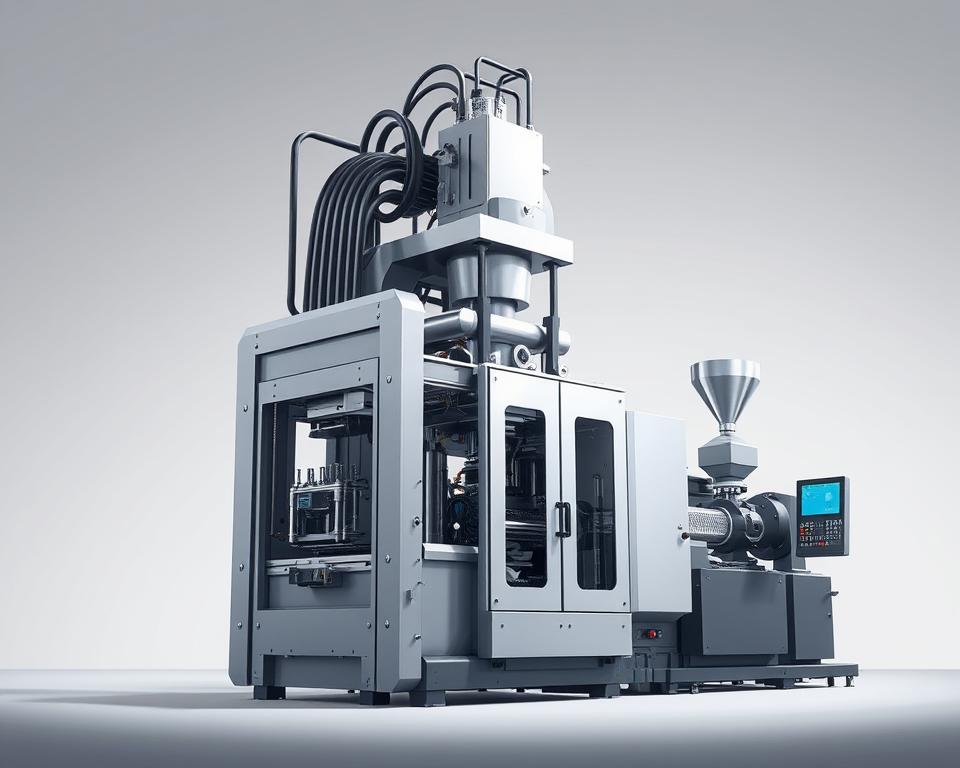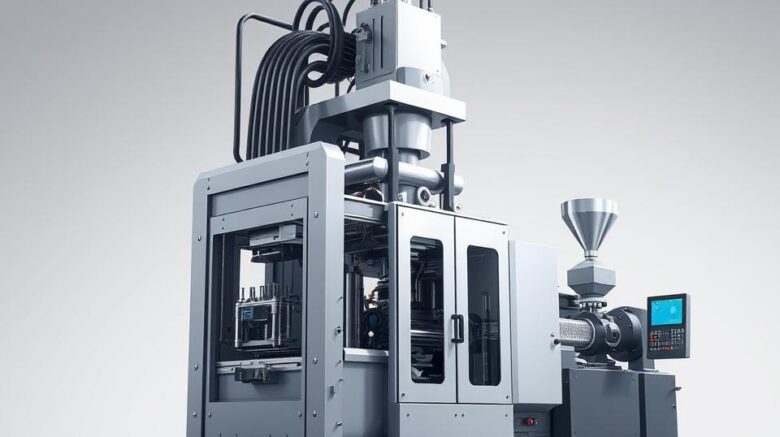Guide to Finding Injection Molding Partners in China
Well, the major meeting has just concluded. your new product has been approved, the timeline is aggressive, and funding is, to put it mildly, limited. Then a voice—perhaps your manager or the CFO—drops the line that gives every project manager a shock: “We should look at sourcing this from China.”
You nod, of course. On paper, it’s logical. Savings can be substantial. Yet your thoughts are already spinning. You’ve heard the stories, haven’t you? The quality disasters, the communication black holes, the shipment that shows up three months late looking nothing like the sample. It’s like balancing on a tightrope between a massive cost advantage and project disaster.
However, here’s the reality. Sourcing plastic mold company can be a calculated project. It’s a project, just like any other. And as with any project, success depends on your methodology. It’s not just about the lowest bid but selecting the best partner and overseeing every step. Ignore the nightmare anecdotes. Let’s walk through a real-world playbook for getting it right.

Initial Step: Prepare Your Information
Before searching suppliers or opening Alibaba, nail down your requirements. Honestly, more than half of all overseas manufacturing problems start right here, with a weak or incomplete information package. You can’t expect a factory on the other side of the world to read your mind. A vague RFQ is like telling a contractor to bid on “a house.” The replies will range from absurdly low to exorbitant, none of which help.
Aim to craft an RFQ package so precise and comprehensive it leaves no room for error. It’s the cornerstone of your entire effort.
So, what goes in it?
Start with your 3D design files. They cannot be skipped. Use standard formats such as STEP or IGS to ensure compatibility. This is the authoritative CAD geometry.
However, 3D alone won’t cut it. Include precise 2D engineering drawings. This details critical info missing from the 3D file. Think tolerances, material grades, finish specs, and any feature-critical notes. If a specific surface needs to be perfectly smooth for a seal, or a particular hole diameter is vital for an assembly, your 2D drawing needs to shout it from the rooftops.
After that, material choice. Don’t just say “Plastic.” Even “ABS” alone is too vague. Be specific. Specify SABIC Cycolac MG38 in black, if that’s the resin you need. Why? Because plastic grades vary by the thousands. Specifying the exact resin grade ensures you get the strength, flexibility, UV resistance, and color consistency you planned for with what is plastic mold.
Your supplier might propose substitutes, but you must set the baseline.
Lastly, add your business data. What is your Estimated Annual Usage (EAU)? A supplier needs to know if they’re quoting a tool that will make 1,000 parts in its lifetime or 1,000,000 parts a year. The tool design, the number of cavities, and the price per part all hinge on this number.
Finding the Right Supplier
Now that your RFQ is pristine. who will you target? The internet has made the world smaller, but it’s also made it a lot noisier. Locating vendors is easy; vetting them is the real challenge.
You’ll probably kick off on Alibaba or Made-in-China. These are great for casting a wide net and getting a feel for the landscape. Treat them as initial research tools, not final solutions. You’ll want to quickly build a list of maybe 10 to 15 companies that look promising.
However, don’t end your search there. Perhaps hire a local sourcing specialist. They do cost extra. But a reputable agent brings pre-screened factories. They bridge language and cultural gaps. As a newcomer, this offers priceless security. Think of it as insurance for your project timeline.
Also consider trade fairs. With budget permitting, Chinaplas or similar shows are invaluable. Meeting onsite is unbeatable. Hold samples, talk shop, and gauge professionalism firsthand. Plus, ask peers for referrals. Ask other project managers in your network. A recommendation from a trusted peer is often worth its weight in gold.
Separating Real Suppliers from Pretenders
After firing off that RFQ to a broad pool, the quotes will start trickling in. Some will be shockingly low, others surprisingly high. Your job now is to vet these companies and narrow it down to two or three serious contenders.
How do you do that? It’s a bit of an art and a science.
Step one: audit communication. Do they respond quickly and clearly? Is their English good enough for complex technical discussions? But here’s the real test: Are they asking you intelligent questions? The best firms will question and suggest. For instance: “Draft angle here could improve mold release. Tolerance check via CMM adds cost—proceed?” That’s a huge positive sign. It shows they’re engaged and experienced. A “Sure, no issues” vendor often means trouble.
Next, dig into their technical capabilities. Request their machine list. Seek samples or case studies of comparable projects. If you’re making a large, complex housing, you don’t want a shop that specializes in tiny gears.
Finally, inspect the factory. You can’t skip this. As you vet staff, you must vet suppliers. You can travel or outsource a local inspector. They’ll send a local inspector to the factory for a day. They will verify the company is real, check their quality certifications like ISO 9001, assess the condition of their machinery, and get a general feel for the operation. It’s the best few hundred dollars you will ever spend on your project.
From Digital File to Physical Part
Once you’ve chosen your supplier. you’ve negotiated the price and payment terms—a common structure is 50% of the tooling cost upfront to begin work, and the final 50% after you approve the first samples. Now the process kicks off.
The first thing you should get back after sending your payment is a DFM report. DFM stands for Design for Manufacturability. It’s their professional review of your CAD. They’ll flag thick sections prone to sink, sharp edges that stress, or insufficient draft. A thorough DFM is a sign of a professional operation. It’s a two-way partnership. Together, you tweak the design for best manufacturability.
Once the DFM is approved, they’ll start cutting steel to make your injection mold tool. A few weeks later, you’ll get an email that will make your heart beat a little faster: “T1 samples have shipped.” These represent the first trial parts. It’s your first real test.
T1 parts usually require adjustments. This is normal! You’ll find minor defects, off-spec dimensions, or finish issues. You supply feedback, they tweak the tool, and T2 plastic mold company samples follow. You may repeat this cycle a few times. Plan for this loop in your schedule.
At last, you get the perfect shot. It matches all specs, has a pristine finish, and works as required. This is your golden sample. You sign off, and it serves as the master quality reference.
Final Steps to Mass Production
Receiving the golden sample seems like victory, but you’re not done. Now you’re entering the mass production phase. How do you maintain consistency for part 10,000?
You need a clear Quality Control plan. Often, you hire a pre-shipment inspection service. Bring in an external QC firm. They’ll sample parts, check dimensions and finish versus your drawings and golden sample, and report. You receive a full report with images and measurements. Only after you approve this report do you authorize the shipment and send the final payment. This simple step prevents you from receiving a container full of scrap metal.
Lastly, plan logistics. Clarify your Incoterms. Are you on FOB terms, where they load and you take over? Or EXW, shifting all transport to you? These choices hugely affect landed cost.
China sourcing is a long-haul effort. It hinges on strong supplier relations. See them as collaborators, not vendors. Clear communication, mutual respect, and a solid process are your keys to success. No question, it’s demanding. However, armed with this guide, you’ll secure savings and keep high standards intact. You’re ready.
